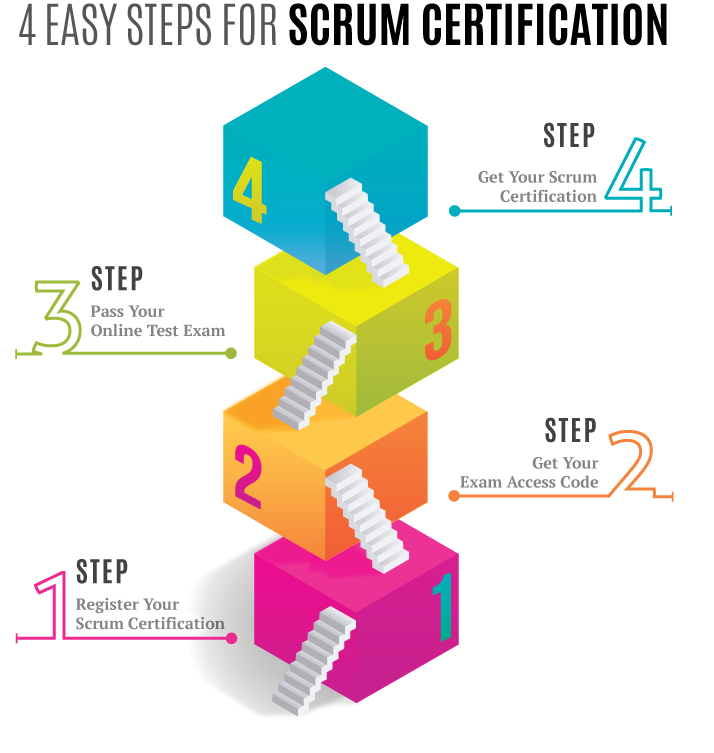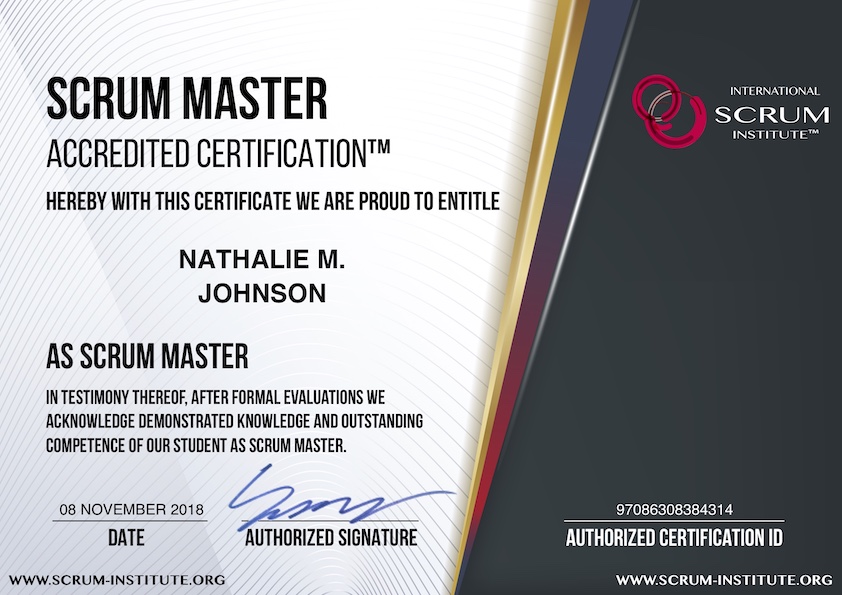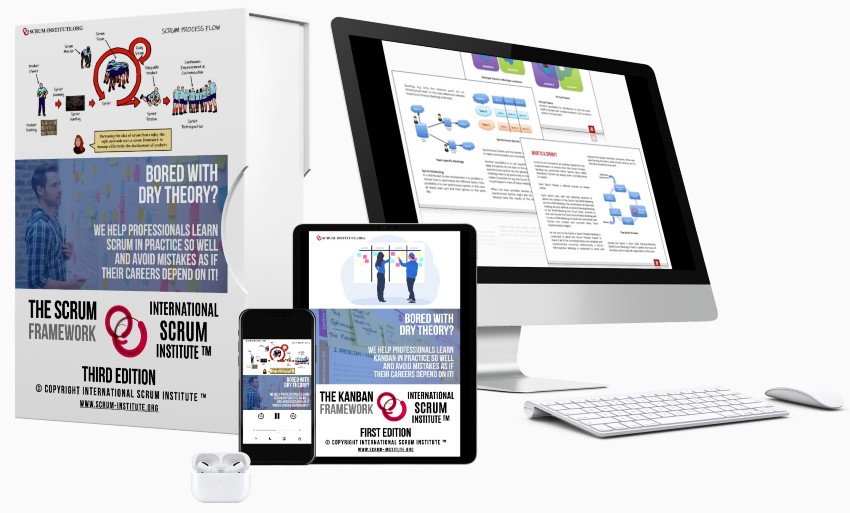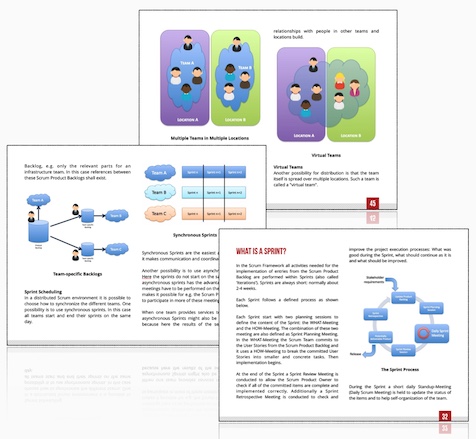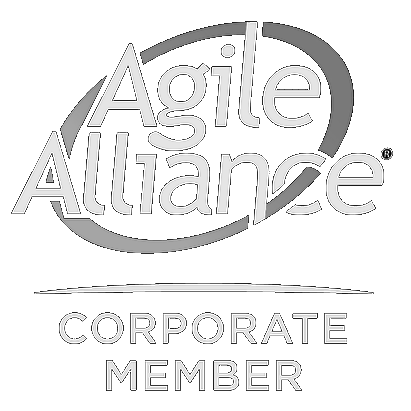What Can Cause Chaos And Frustration Before The Scrum Framework? This Might Surprise You!
To better understand the impact of the scrum
framework to our software engineering practices
and businesses, it makes sense to have a look at
a day in the life (or a software project in life).
Therefore, I would love to briefly talk about a
software project from the past before we
adopted the scrum development and software
delivery framework in our organizations.
A few days before I wrote these lines, we had
lunch with one of my ex-colleagues with whom
we used to work together almost 20 years ago.
This gentleman, Marcus has got his scrum
master certification and scrum product owner
certification from International Scrum
Institute™. He currently works as a scrum
master for one of the leading software houses in
the agile project management software domain.
As a scrum master, Marcus is now in charge of
operating an agile scrum team whose scrum
team members located in geographically
distributed locations around the globe.
During our lunch, Marcus admitted that there are
a lot of typical challenges with distributed agile
scrum teams. Some of the problems he
specifically mentioned related to his software
project configuration are:
- Differences in working styles among scrum team members,
- Timezone differences,
- Cultural misfits, and
- Language constraints.
Despite these difficulties, Marcus still added
that running a software project with the agile
scrum process is more fun, productive, and
enriching than how we used to work 20 years
ago. Compared to days when we used to work
without scrum software development and scrum
software delivery processes.
Marcus’ statement was indeed a big testimonial
for the credit of the scrum framework from
a very accomplished and experienced
manager, scrum master, and product owner.
Thank you, Marcus!
Then we explained to him one of our past
software projects before we used to meet with
the scrum framework. I'm sure that many scrum
masters would resemble this experience to their
previous projects before they've gotten their
scrum master certifications.
Back in the late 1990s, we were part of a
software engineering group to build a smart card-based
public key infrastructure. Smart
cards securely protected private keys of infrastructure
members, associated public keys and
their wrapper certifications were openly distributed
(as the name public implies).
Back in the day, this was by itself a relatively
complex IT project that required multiple
interdependent hardware engineering and
software engineering teams. We had to do
massive amounts of
research and development (R&D)
to build a fully functional hardware and
software system.
Remember these are days before we had the
minimum viable product (MVP) concept to
experiment, create, learn, and experiment again.
Without scrum to create such a sophisticated
infrastructure that constituted numerous
hardware and software elements was a real
challenge.
Here are three significant setbacks
we used to have without any scrum masters and anyone
who possesses a scrum master certification in our teams.
Share It With Your Colleagues and Friends to Help Them Learn:
What Can Cause Chaos And Frustration Before The Scrum Framework? This Might Surprise You!
|
|

|

|

|

|
|
 SCRUM INSTITUTE™
SCRUM INSTITUTE™
